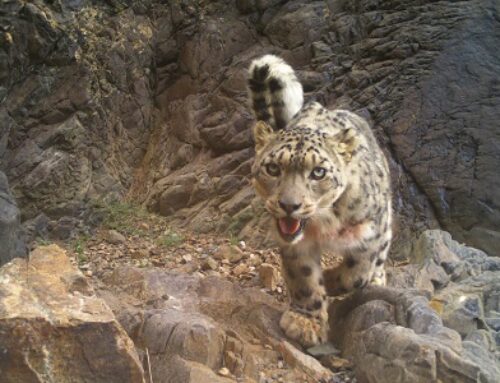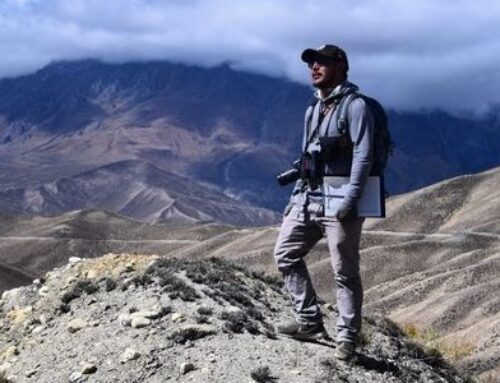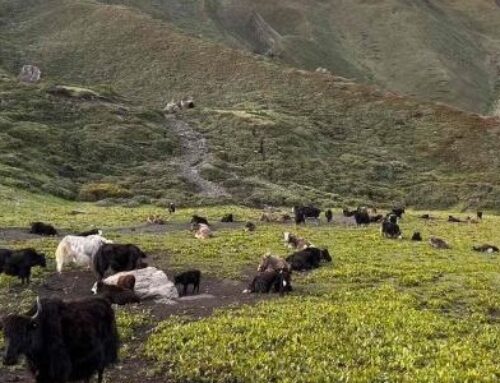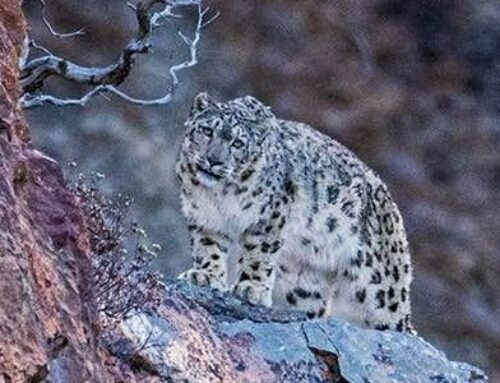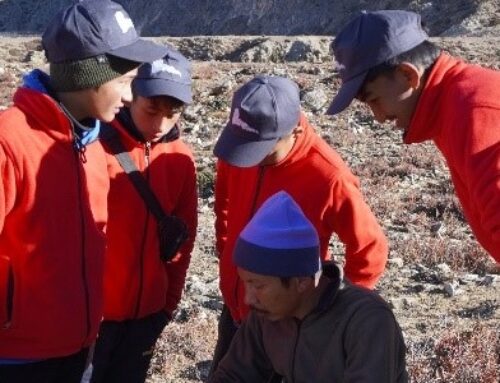PRESS RELEASE – INDIANAPOLIS, Ind. – Indianapolis Prize officials announced 44 leaders in animal conservation as Nominees for the 2025 Indianapolis Prize, the world’s leading award for animal conservation. In 2025 the Indianapolis Prize celebrates 20 years of showcasing remarkable conservationists and their achievements.
Granted biennially, the Indianapolis Prize focuses attention on the inspiring work of distinguished animal conservationists who have had authentic success preserving animal species around the world. The Winner of the Prize receives an unrestricted $250,000 award and the five DeHaan Finalists each receive $50,000.
“The Nominees for the Indianapolis Prize are true champions for wildlife. I am honored to highlight the important achievements of these remarkable individuals through the Indianapolis Prize,” said Dr. Rob Shumaker, president and CEO of the Indianapolis Zoo.
The Nominating Committee now begins their work to select the DeHaan Finalists. The Jury will ultimately determine the Winner of the Prize from among the DeHaan Finalists. Honorees will be celebrated next year at the Indianapolis Prize Gala on Saturday, Sept. 27, 2025, at the JW Marriott in downtown Indianapolis.
Among the 2025 Nominees is Snow Leopard Conservancy Founder and Board Chair Rodney Jackson, PhD.
Rodney Jackson, PhD (Snow Leopard Conservancy, USA) – A leading expert on wild snow leopards and their high-mountain habitat, Jackson helped lead an international team in the first-ever range-wide genetic assessment of snow leopards, and as their classification has improved from endangered to vulnerable, he continues to create solutions to sustain their populations. Jackson is a past Indianapolis Prize DeHaan Finalist.
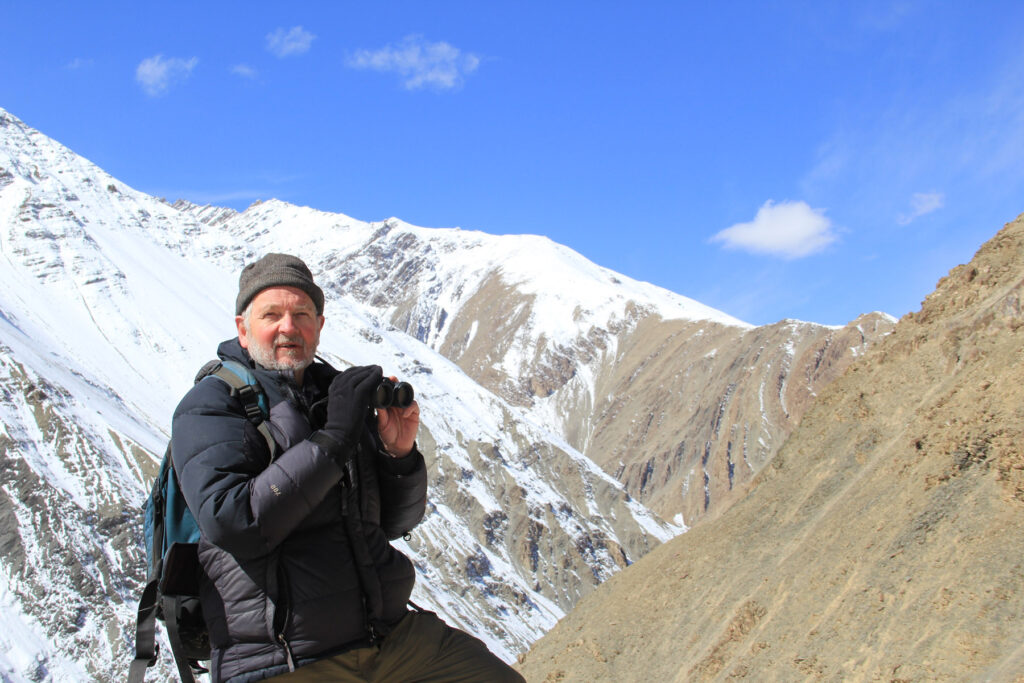
Dr. Jackson in Hemis National Park – Photo by Karen Czekalski
Rodney has spent 40+ years devoted toward saving this iconic cat, known by some as the “ghost of the mountains.” With funding from his 1981 Rolex Award for Enterprise and several National Geographic Society grants, he became the first researcher to complete in-depth studies of this elusive species. As chronicled in the National Geographic Magazine’s June 1986 cover story, Tracking the Elusive Snow Leopard, Rodney’s team spent four years living and working in one of the world’s most remote and forbidding regions, undertaking the first successful radio telemetry study of snow leopards, and generating the in-depth scientific data on the cat’s movements, habitat and prey use. Rodney, Darla (his wife-to-be), and the Nepalese team lived in tents for up to nine months continuously, enduring extreme cold while traversing backbreaking terrain. But his dogged determination and hard work paid off for the four-year field study resulted in a definitive scientific treatise unmatched for 20-25 years (until the advent of satellite-collars, with researchers often tracking the cats from their comfortable home office). The National Geographic article concluded with Rodney’s prescient aspiration that, as local children come of age, they might one day be “the most effective guardians of their national treasure, keeping the snow leopards … a safe distance from extinction.” Thirty years later, that dream has become reality in places like Ladakh and Spiti (India), Baltistan (Pakistan), and Mongolia’s South Gobi, offering models for conservationists, NGO’s and governments to use and adapt for local conditions.
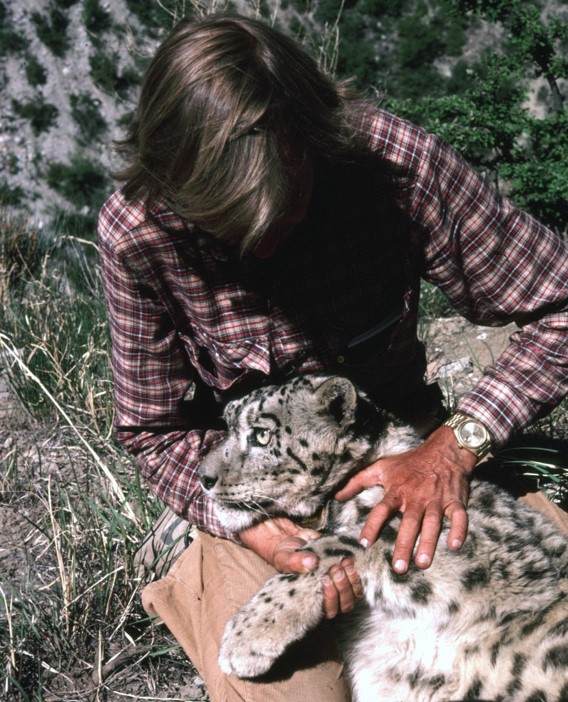
Rodney in Nepal in 1982 with a sedated and first-ever radio-collared snow leopard.
As Senior Fellow at The Mountain Institute and Charter Member (later Conservation Director) of the Snow Leopard Trust (SLT), Rodney spent the 1990’s training range country professionals and helping establish new national parks in Nepal, China and Pakistan. He continued refining his philosophy and approach toward conservation, strengthening local people’s participation from project design to implementation and evaluation, while collaborating with diverse mountain communities in Nepal, India (Sikkim and Ladakh), and Tibet. This work culminated in community engagement tools for conservation-development like Appreciative Participatory Planning and Action (APPA), which builds upon community successes rather than their perceived failures or heavy dependence on outside aid.
In 2000, Rodney left the Trust to launch the Snow Leopard Conservancy (SLC) with support from the Wildlife Conservation Network (WCN), devoting his full attention to grassroots mobilization and evidence-based, locally crafted solutions for addressing complex snow leopard conservation matters. Over the following two decades, Rodney has directed a diverse portfolio of innovative, self-governing community-driven and cost-effective initiatives reaching ten of the snow leopard’s twelve range countries. SLC’s mission statement reflects his conservation philosophy:
Ensuring snow leopard survival and conserving mountain landscapes by expanding environmental awareness and sharing innovative practices through community stewardship and partnerships.
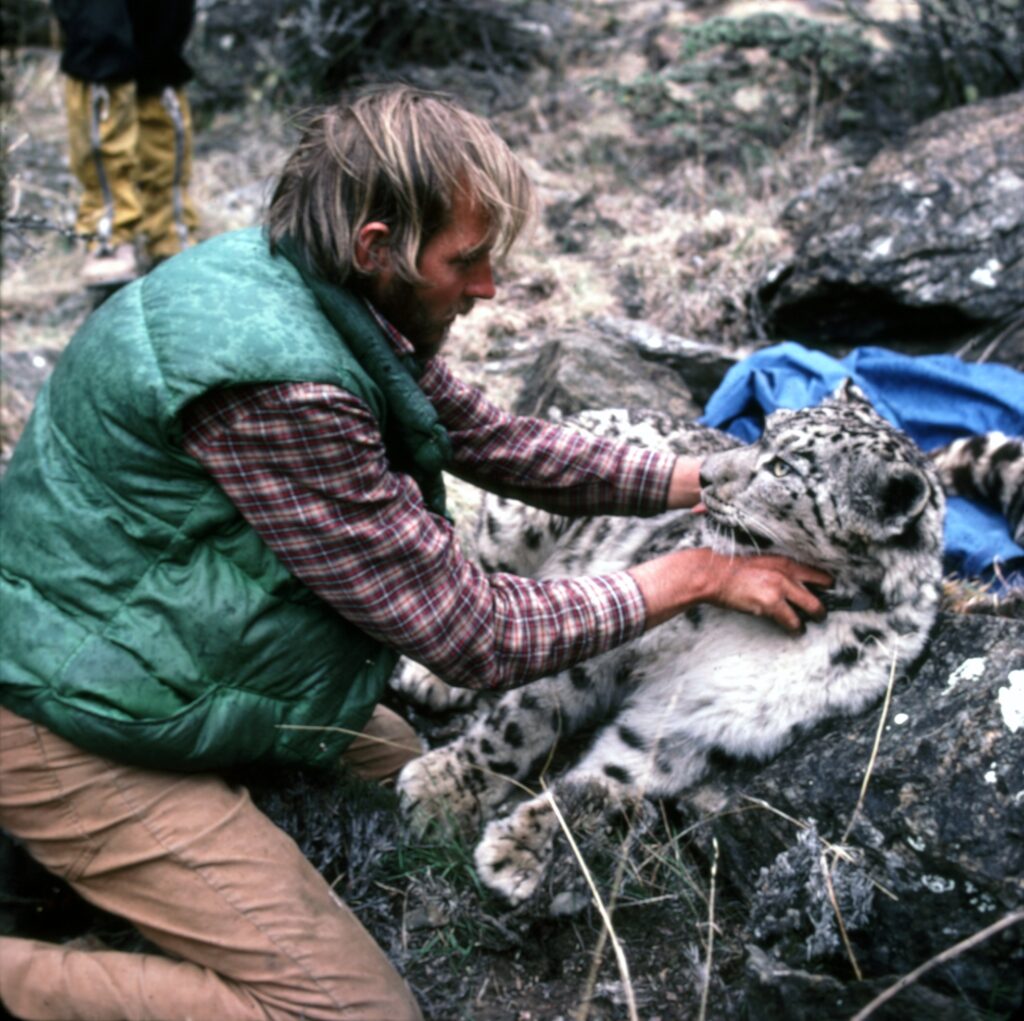
Rodney in Nepal in 1982 with a sedated and first-ever radio-collared snow leopard.
Although now officially retired, Rodney continues to break new ground, like deploying drones for surveying large prey species in Mongolia or attending international conferences like the Convention on Migratory Species COP-13 meeting recently convened in Uzbekistan. Rodney is also still actively mentoring young biologists and community mobilizers, including talented and passionate individuals like Ms.Tsering Lama (Dolpo, Nepal), Mr. Rinzin Lama (Humla, Nepal), and Mr. Yufang Gao (China) among others. He is particularly proud of Rinzin for winning the 2022 Rolex Award for Enterprise, and thereby becoming the second individual to receive this prestigious award for snow leopard protection.
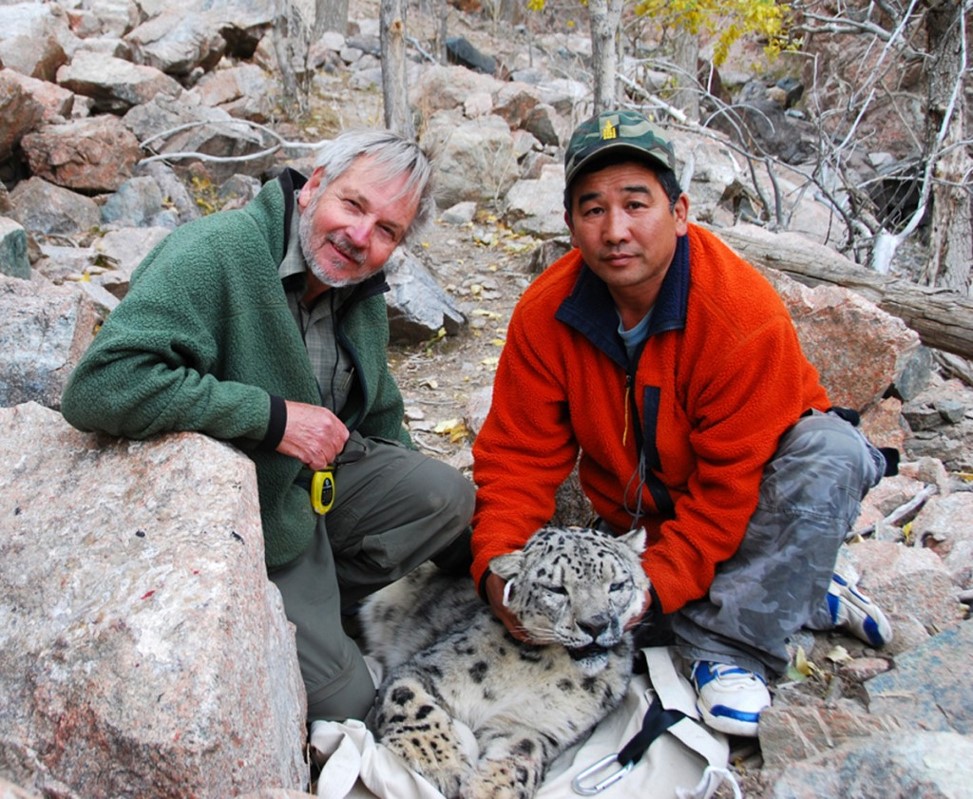
Rodney and Dr. B. Munktsog with a sedated snow leopard in Mongolia in 2008.

